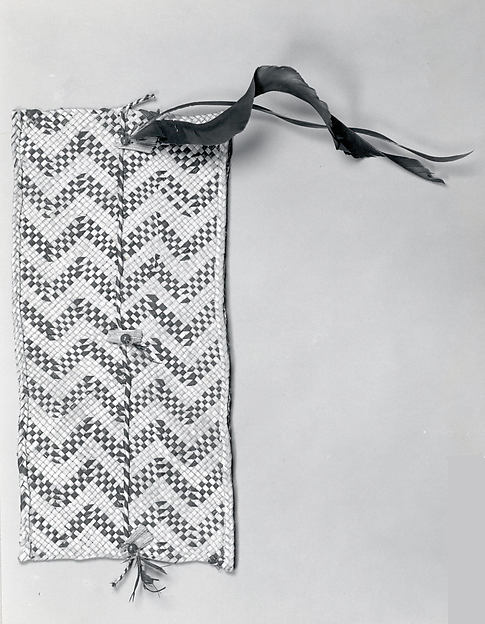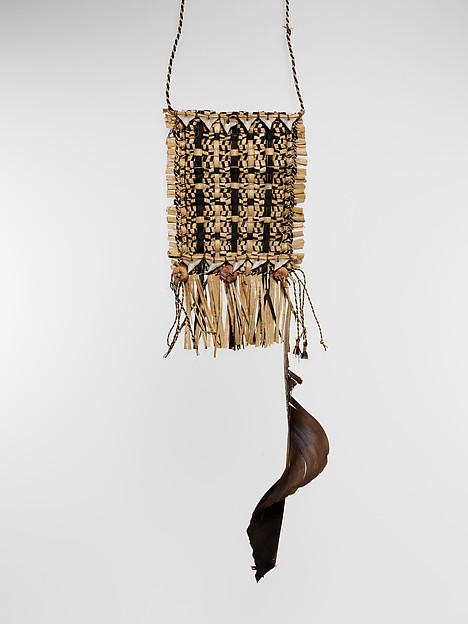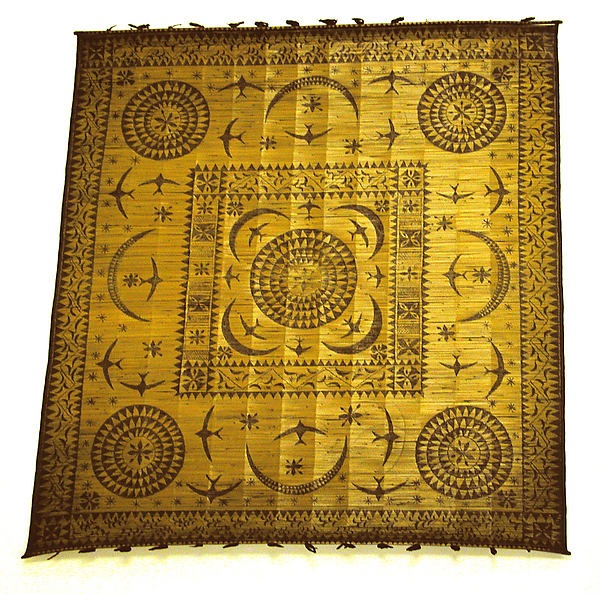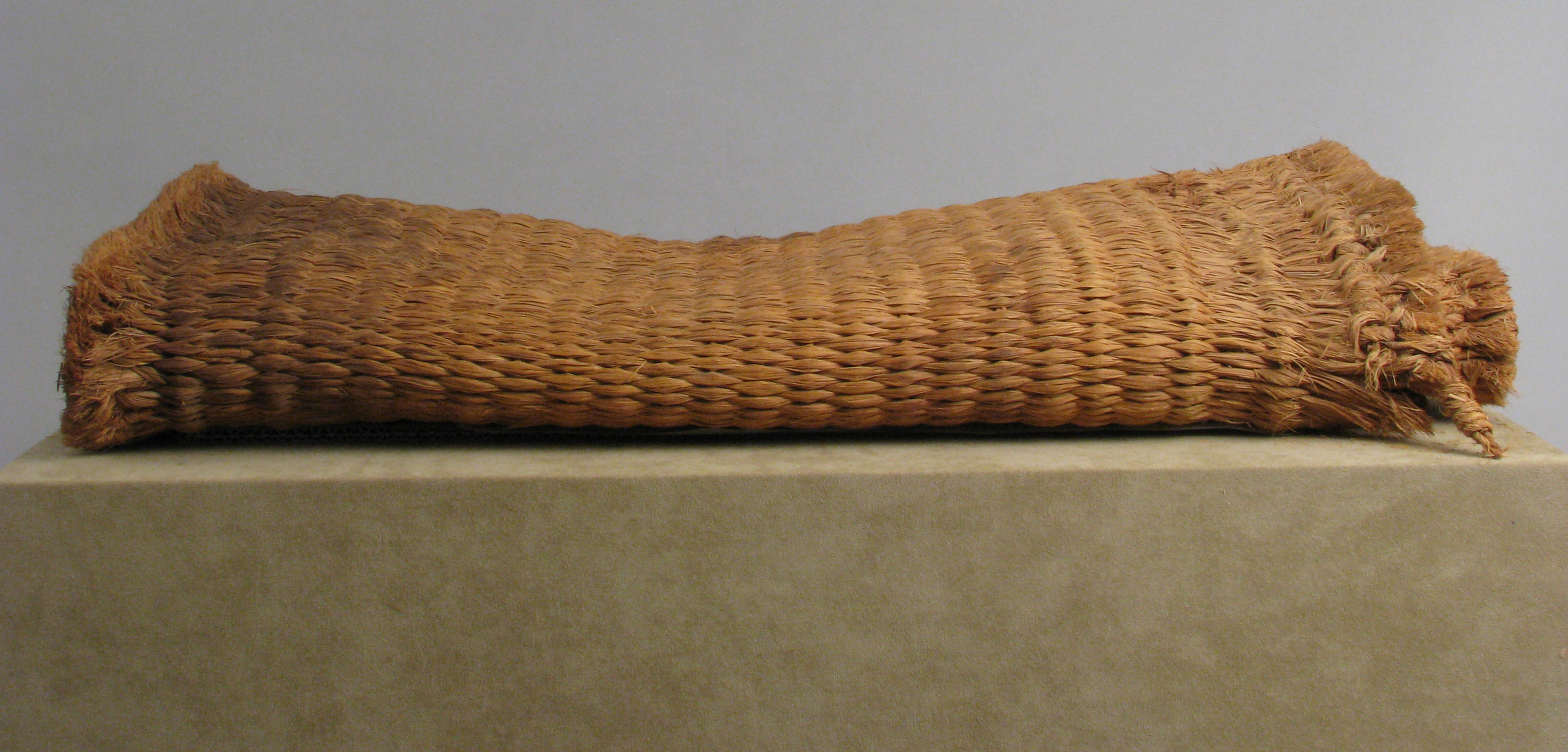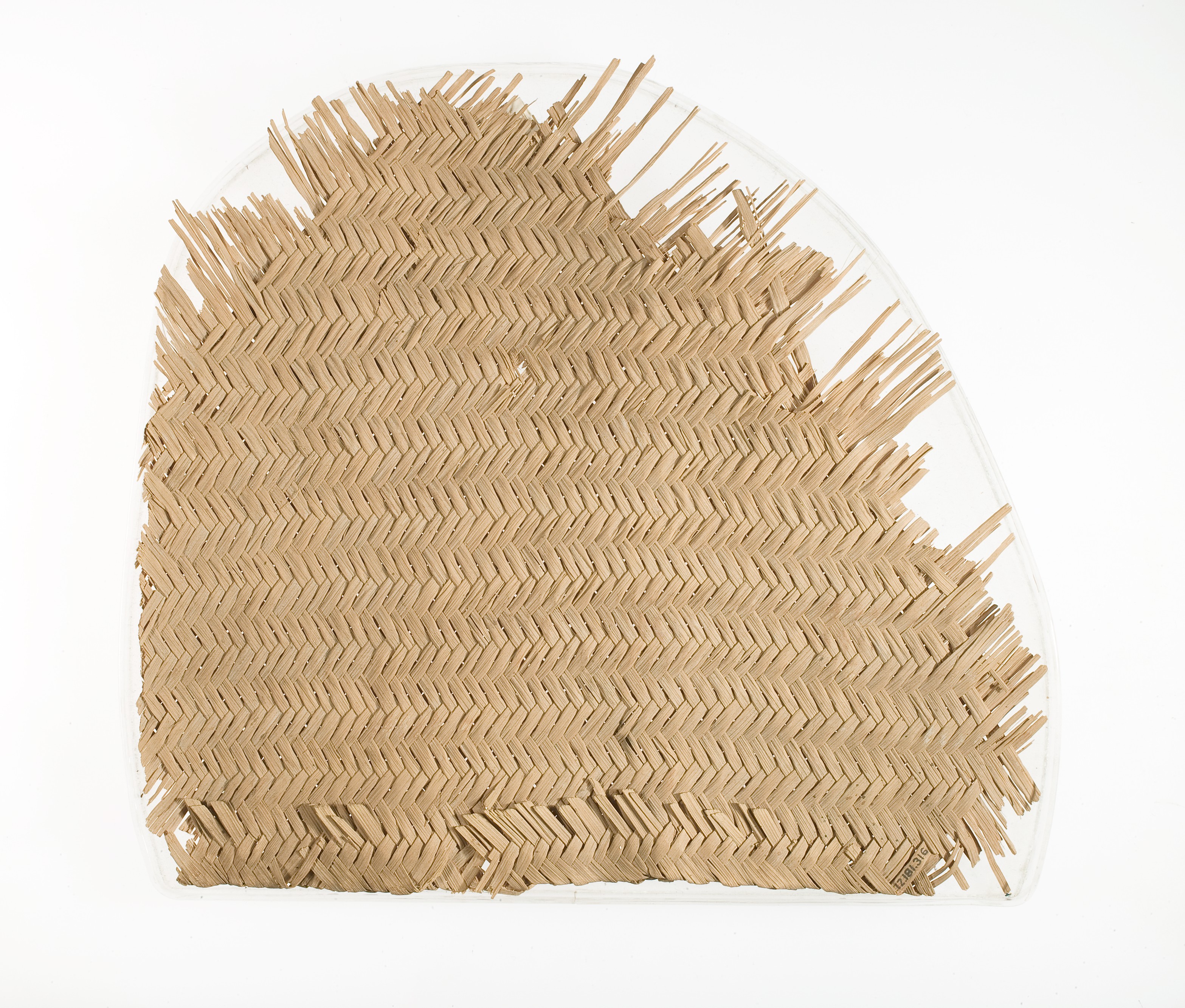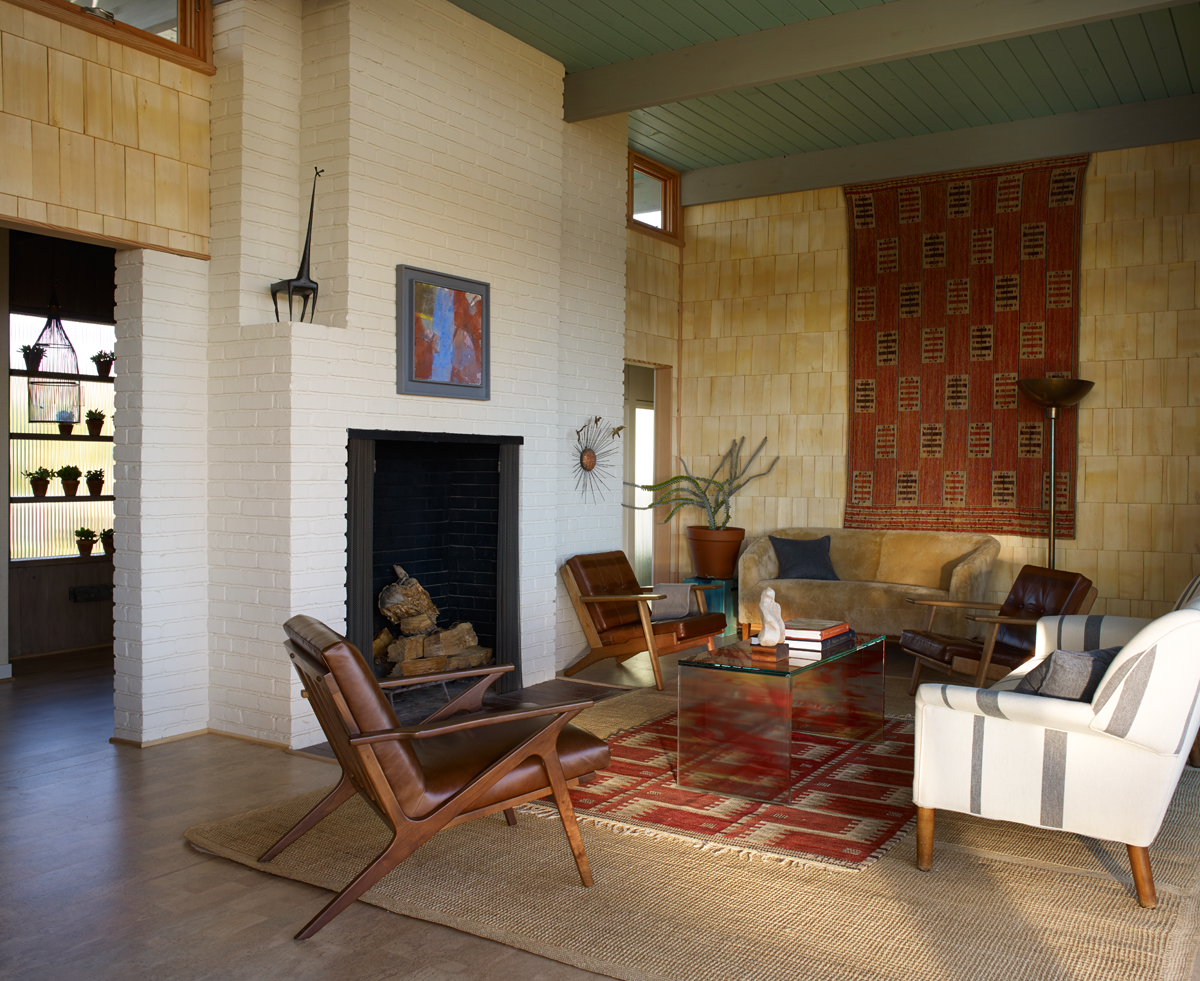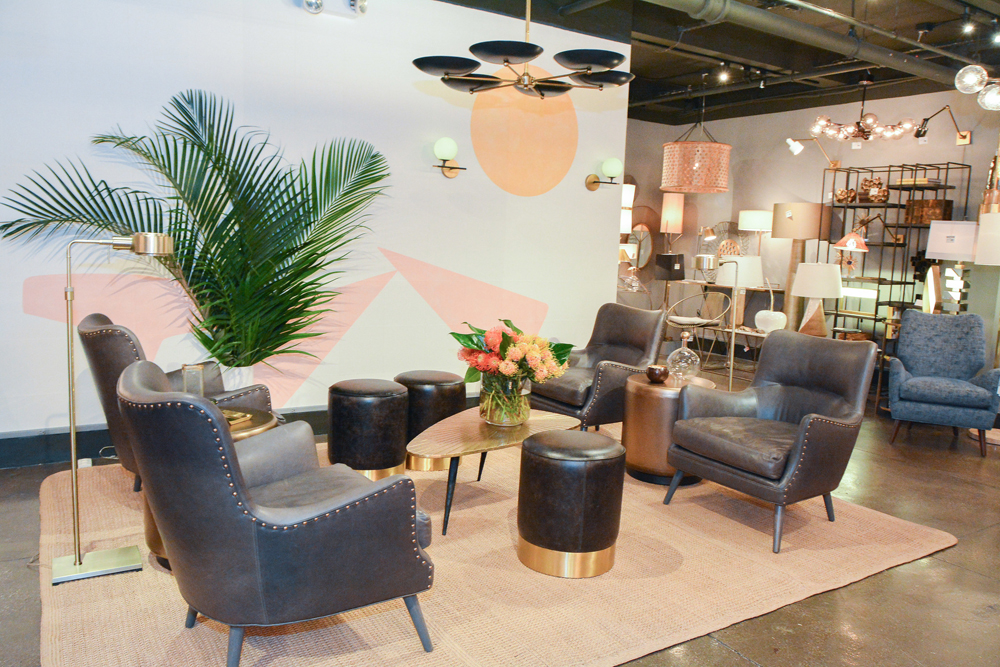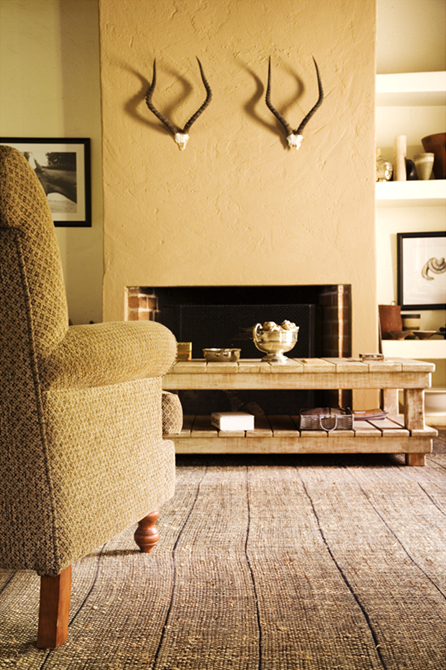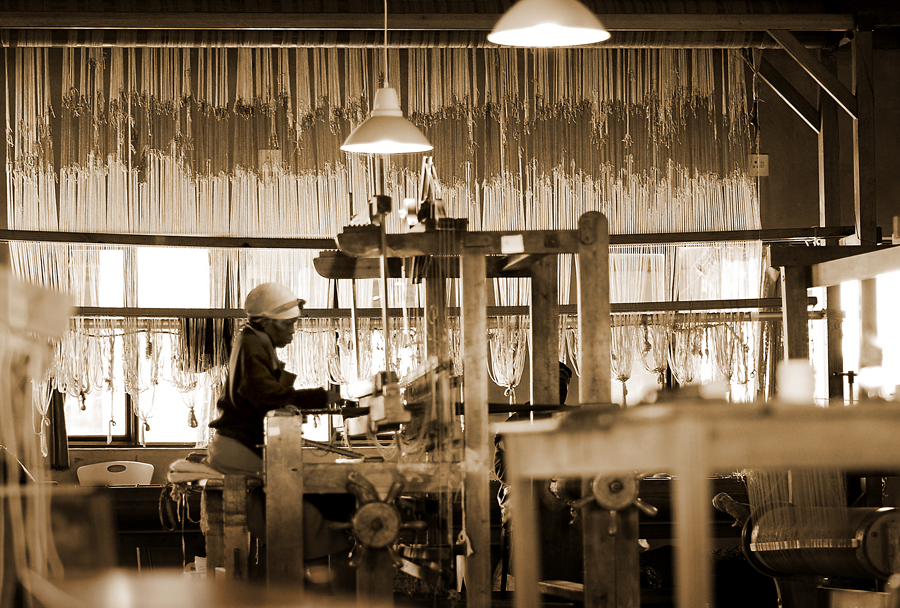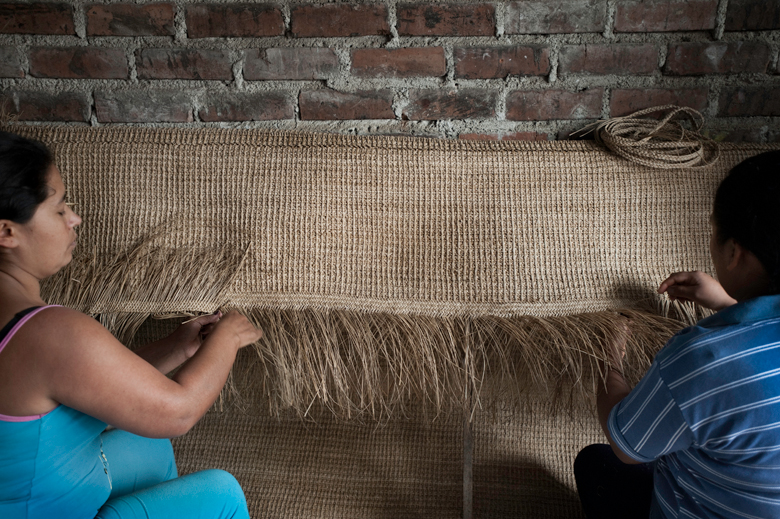April 25, 2017
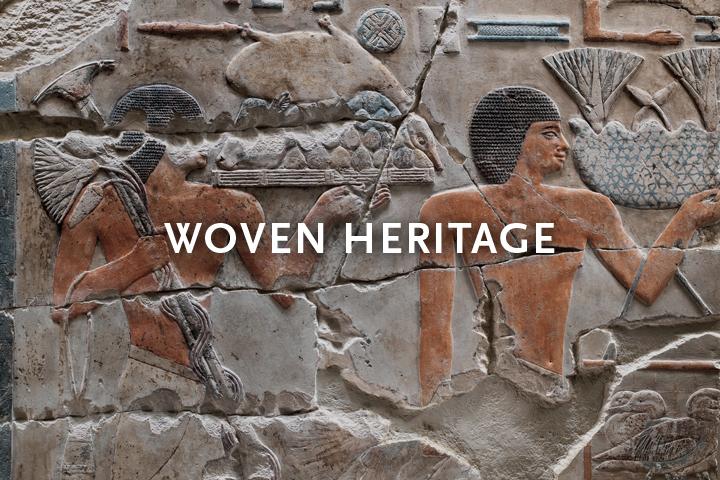
FJ Hakimian’s new collection Woven Heritage offers sophisticated hand-woven mats in custom sizes in a variety of sustainable, heritage plant-fibers and patterns. Materials such as palmas de iraka, ramie and southern cattail have been used in the basketry traditions of Africa, Southeast Asian and South America for millennia. This collection offers an assortment of elegant woven designs that are perfectly in harmony with contemporary design modes both modern and traditional.
For the collection, FJ Hakimian works with Amazonian artisans and textile artists around the world who both preserve their precious local traditions and create new designs that are masterpieces of simplicity. The woven patterns are perfect for the relaxed sophistication of today’s interiors. Easy to use in urban, seaside and country interiors, they add a gorgeous layer of texture and a soothing natural element.
Not only are these mats soft to the touch and a delight to the eye, there is something elementally satisfying about them, and it is no wonder. This type of weaving is as old as culture itself, from the Biblical story of the infant Moses being found in a papyrus basket in the reeds of the Nile to the baskets found in Egyptian tombs. Older than pottery and even cloth weaving, plant-fiber baskets and mats have been used for the gathering, preparing and storing of food, for sleeping, in spiritual ceremonies and as funerary offerings. Houses have been built with basketwork, and they have been essential in trade and travel.
The Metropolitan Museum of Art has many examples of mats in its collection that demonstrate how they have been valued by diverse cultures. Its collection includes mats as varied as a Nauru maternity mat made of Pandannus leaves and hibiscus fiber from the Marshall Islands[1a/1b], a Lampung mat from Sumatra[2], a 6th-century Coptic reed mat woven in Thebes by monks in order to support their monastery[3], and their oldest examples of woven mats from the Egyptian New Kingdom, which are over 3,000 years old [4].
[1a] Family Emblem/Maternity Mat, Fibers, feathers, shell, glass beads. 7 1/4 x 15 1/2 in. Late 19th–early 20th century. Nauru. The Metropolitan Museum of Art.
[1b] Family Emblem/Maternity Mat, Pandanus leaves, feathers, shell beads, shark's teeth, fiber. H. 5 3/4 in. Late 19th–early 20th century. Nauru. The Metropolitan Museum of Art.
[2] Mat (Lampit), Bamboo, fiber. H. 32 x W. 34 in. Late 19th–early 20th century. Lampung. The Metropolitan Museum of Art.
[3] Woven Mat, Woven grass or reed. Overall (folded): 4 15/16 x 26 3/4 x 16 9/16 in. 500–600. Coptic. The Metropolitan Museum of Art.
[4] Mat, Fiber. ca. 1550–1295 B.C. The Metropolitan Museum of Art.
The Woven Heritage collection includes a number of techniques and materials. Marsh plants, shoots, roots, sisal, raffia, nettle, banana straw, cotton, suede and leather, all harvested and gathered using the highest ethical standards, are woven, twisted, coiled, sewn and wrapped to make these wonderful, graceful designs that are both ancient and modern. The juxtaposition of fibers is often striking, for example in the combinations of banana straw and leather suede or cattail and cotton.
Basketry is the ultimate sustainable art form. Made from materials that are abundant and easily replenished, baskets become more beautiful over time and are meant to be used until they are recycled back to the earth, having left no negative environmental impact.
Two of America’s top designers, John Ike (AD100) of Ike Klingerman Barkley, and Stephen Sills (AD100) have found the elegance of these mats in the beauty of their materials and their simple details. Ike said about the collection: “These beautiful mats are one of my favorite discoveries of this past year. They have been very well received by designers looking for sustainable products of unique design . . . they give rooms a sophisticated, causal feel,” and Sills (AD100) “this is the most refined, beautiful handwoven sisal I’ve seen. The quality of the weave is so artfully done”.
Above: John Ike (AD100) of Ike Klingerman Barkley's living room in San Diego.
Top Image: Relief showing procession of offering bearers, Limestone, paint. 57 9/16 x 50 1/2 x 5 3/4 in. ca. 1961–1917 B.C. The Metropolitan Museum of Art.
Above: Curated vignette by Shawn Henderson featured during New York Design Center's event What's New What's Next.
View our Woven Heritage- a collection of elegant woven mats made from heritage fibers:
Handwoven raffia mat
Textile artist weaving a floor mat in South Africa
Raffia Carpet Hand Weaving from FJ Hakimian on Vimeo.
Basketweavers weaving a floor mat in South America
FJ Hakimian is the leading resource for custom, modern, vintage and antique carpets and textiles. Headquartered in New York City, FJ Hakimian connects weavers, textile artists, interior designers and architects throughout the world on a common thread that is the passion for quality hand-woven carpets, mats and textiles.
Come visit us at 145 East 57th Street 2nd Floor NYC or stay connected via social media:
Please contact fjh@fjhakimian.com for any questions.

